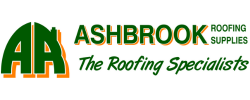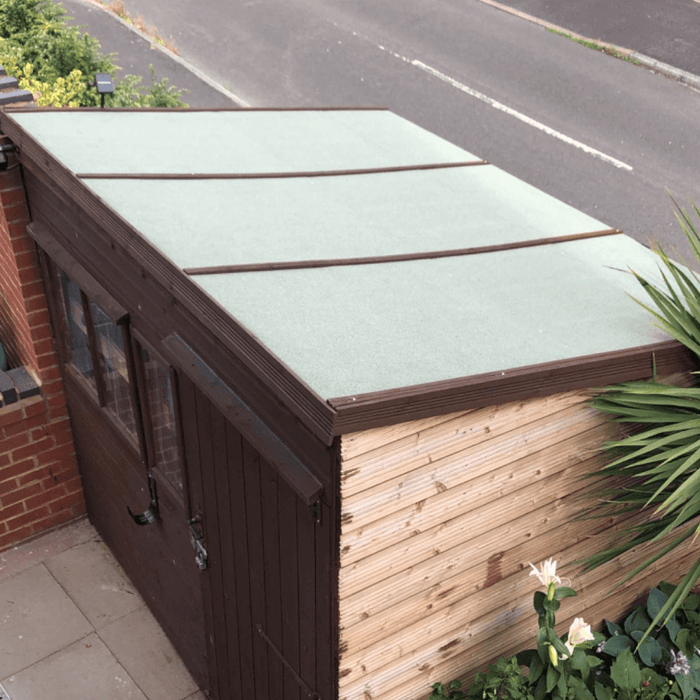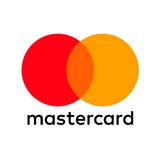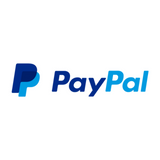Lead is a versatile and durable material, commonly used in roofing, window panes, and various other applications. However, over time, lead can deteriorate or become tarnished, and in need of restoration. Knowing how to restore old lead can help you maintain its longevity and aesthetic appeal. This guide will walk you through the key steps in repairing, cleaning, and restoring old lead.

Lead work done by Ashbrook Roofing Services
Can You Clean Lead?
Yes, you can clean lead, and doing so is essential to maintaining its appearance and preventing corrosion. Lead naturally develops a dull, grayish patina over time, but this can be cleaned to restore its original luster.
-
Use a Soft Cloth and dedicated cleaner: Begin by wiping the lead with a soft cloth and dedicated cleaner. This will remove surface dirt and grime without damaging the lead.
-
Avoid Abrasive Cleaners: Abrasive cleaners or scouring pads can scratch the lead, so it's best to avoid them. Stick to lead-specific cleaning products.
-
Rinse and Dry: After cleaning, rinse the lead thoroughly with clean water to remove any residue. Dry the lead with a soft, dry cloth to prevent water spots or further tarnishing.
-
Apply a Protective Coating: To prevent future tarnishing, consider applying a thin layer of linseed oil or a specialized lead patination oil. This will protect the lead from the elements and maintain its shine.
Cleaning lead is a simple but essential part of its maintenance, helping to keep it looking good and performing well for years to come.
How to Use a Lead Restorer?
Lead restorers are specialized products designed to rejuvenate old, dull, or tarnished lead surfaces. They work by removing oxidation and restoring the lead's natural shine. Here's how to use a lead restorer effectively:
-
Choose the Right Product: Select a lead restorer that is specifically designed for lead surfaces. Here at Ashbrook Roofing Supplies, we offer G1 Lead Restorer (For lead under 50 years old) and G3 Lead Restorer (For lead over 50 years old) These restorers are specifically designed to help restore lead.
-
Prepare the Surface: Before applying the restorer, clean the lead surface as described in the previous section. This ensures that the restorer works effectively.
-
Apply the Restorer: Using a soft cloth, apply the lead restorer evenly across the surface. Follow the manufacturer's instructions regarding application methods and the amount to use.
-
Buff the Surface: After applying the restorer, buff the lead with a clean, soft cloth. This will help to bring out the shine and remove any excess product.
-
Seal the Lead: Once the lead has been restored, consider applying a protective coating to maintain the finish and prevent future tarnishing.
Using a lead restorer is a quick and effective way to make old lead look new again, and it's a great option for those who want to restore the aesthetic appeal of their lead surfaces.
How Do You Repair Damaged Lead?
Repairing damaged lead flashing requires some skill and the right tools (We recommend getting a professional to do this). Here’s how you can repair damaged lead:
-
Identify the Damage: Look for signs of cracks, splits, or corrosion in the lead. Small cracks can often be repaired, but severe damage may necessitate replacing the entire piece.
-
Clean the Area: As with lead flashing, clean the area around the damage thoroughly to ensure a solid repair.
-
Use Lead Solder: For small cracks, use lead solder to fill and repair the damaged area. Heat the solder until it’s liquid, then apply it to the crack, smoothing it out with a soldering iron.
-
Patch Larger Holes: If the damage is more extensive, you may need to use a lead patch. Cut a piece of lead to fit over the damaged area, then solder it in place, ensuring a secure and watertight seal.
-
Finish and Protect: Once the repair is complete, finish by cleaning and buffing the area. Apply a protective coating to help prevent future damage.
Repairing damaged lead can be a bit more complex than other repairs, but with patience and the right approach, you can restore the integrity and appearance of your lead fixtures.

Lead work done by Ashbrook Roofing Services
Restoring old lead may seem like a daunting task, but with the right tools and techniques, it’s entirely possible to revive and maintain the material's longevity and aesthetic appeal. Whether you’re dealing with lead flashing, pipes, or decorative elements, proper restoration can help preserve these features for years to come.
Here at Ashbrook Roofing Supplies, we offer a vast amount of lead. Ranging from Code 3 Lead to Code 8 Lead and we have a very knowledgeable team who are able to answer many of your questions and guide you to where you need to be.












